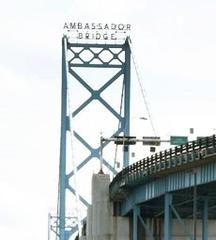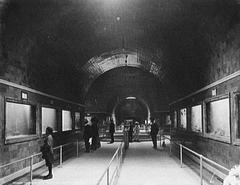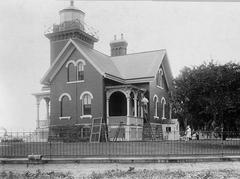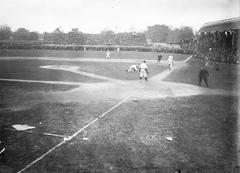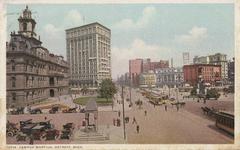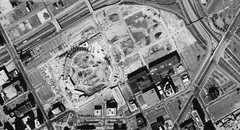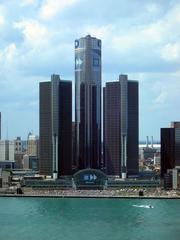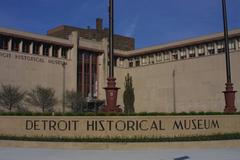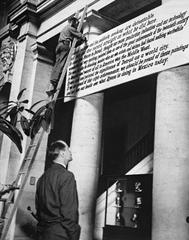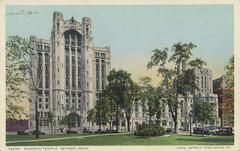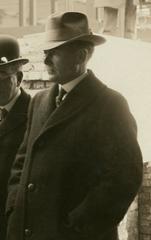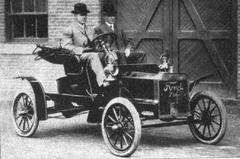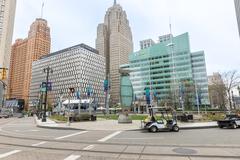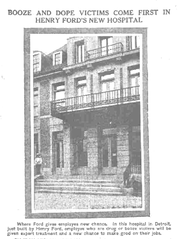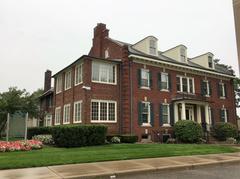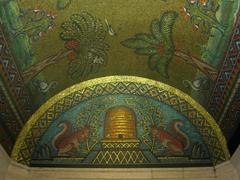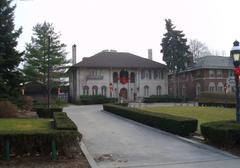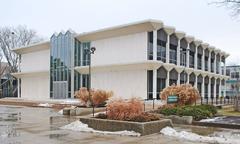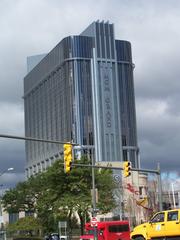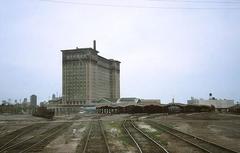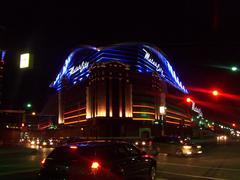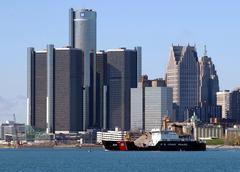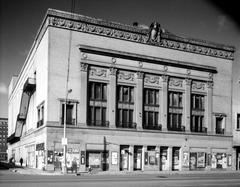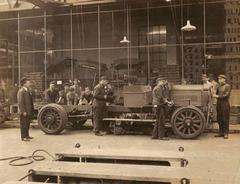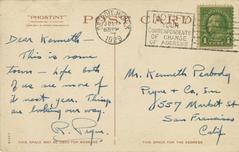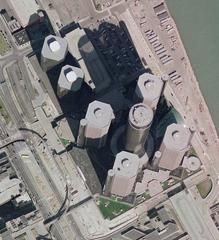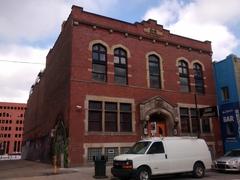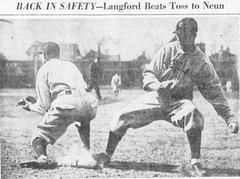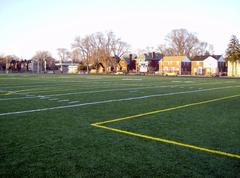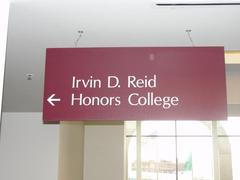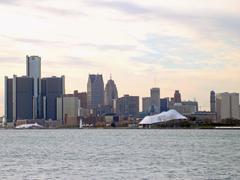
Dunbar Hospital Detroit: Visiting Hours, Tickets, and Visitor Guide
Date: 04/07/2025
Introduction
Dunbar Hospital in Detroit holds a singular place in both local and national African American history. Founded in 1918 amidst the widespread segregation of the early 20th century, it was the city’s first non-profit hospital dedicated to serving the Black community. Dunbar Hospital was not only a response to healthcare exclusion but also an institution that fostered professional advancement, cultural pride, and community resilience. Today, while it no longer functions as a medical facility, Dunbar Hospital’s building at 580 Frederick Street stands preserved as a monument to these achievements and is open to visitors interested in exploring Detroit’s rich Black heritage (Detroit Medical Society; Black Bottom Archives; Finding Eliza).
Historical Context and Founding
The Need for Dunbar Hospital
During the Great Migration, Detroit’s Black population grew rapidly, yet the city’s hospitals and healthcare providers systematically excluded Black patients and professionals. By the 1910s, the lack of accessible and equitable medical care for Black residents became a crisis (Black History Presentation Week 1.pptx). Black physicians—then numbering around thirty—faced barriers to employment and practice at white-run hospitals.
Formation and Vision
Recognizing these challenges, these doctors formed the Allied Medical Society in 1917. Their mission was clear: to create a parallel medical infrastructure that would serve and uplift the Black community in Detroit (Black History Presentation Week 1.pptx). In 1918, the society acquired the Warren House at 580 Frederick Street, converting it into what became Dunbar Hospital—the first of its kind in Detroit (Black Bottom Archives; Hows.Tech).
Dunbar Hospital: Services, Leadership, and Community Impact
Medical Facilities and Training
Upon opening, Dunbar Hospital was equipped with 27 beds and an operating room—an impressive feat for a Black-run institution at the time (Black History Presentation Week 1.pptx). Staffed entirely by Black doctors and nurses, it also established Detroit’s first Black nursing school, providing crucial training and professional opportunities (Hows.Tech).
Leadership
Key figures in Dunbar Hospital’s history include Dr. Alexander Turner, Detroit’s first Black general surgeon, who led the hospital’s surgical department and became a prominent advocate for healthcare integration. Dr. Turner and his colleagues, such as Dr. Ames, Dr. Cleage, Dr. Bailer, Dr. E. A. Carter, Dr. Greenidge, Dr. Green, Dr. Frank Raiford, and Dr. Morton, not only overcame systemic racism but also inspired future generations (Black History Presentation Week 1.pptx).
Community Legacy
Dunbar Hospital became a cornerstone of empowerment, dignity, and resistance to segregation. It created a model for other Black-run hospitals in Detroit and the nation, such as Mercy General, further strengthening Detroit’s Black healthcare infrastructure (Black Bottom Archives).
Name and Cultural Significance
In 1919, the hospital was named after Paul Laurence Dunbar, an acclaimed Black poet. This choice reflected broader efforts within the Black community to celebrate cultural achievement and instill pride during a period of systemic exclusion (Black Bottom Archives).
Preservation and Current Use
Dunbar Hospital ceased operating as a hospital in 1928 when the Allied Medical Society moved to a larger facility. The original building, however, became the headquarters of the Detroit Medical Society and now operates as a museum and administrative center (Hows.Tech). In 1979, it was added to the National Register of Historic Places (Black History Presentation Week 1.pptx), ensuring its continued preservation as a site of national significance.
Visitor Information
Location
- Address: 580 Frederick Street, Detroit, MI 48202
- Located in Detroit’s historic Black Bottom neighborhood, near major museums and cultural sites.
Visiting Hours
- Museum Hours: Tuesday through Saturday, 10:00 AM – 4:00 PM
- Note: It is advised to confirm hours or schedule a tour in advance by contacting the Detroit Medical Society, as hours may change due to events or holidays (Detroit Medical Society).
Tickets and Admission
- Admission: Free; donations welcome to support ongoing preservation and education programs.
Tours
- Guided Tours: Available by appointment and recommended for in-depth exploration.
- Booking: Contact the Detroit Medical Society via their website or by phone to arrange a visit.
Accessibility
- The building is wheelchair accessible, though some areas may be limited due to its historic nature. For specific accommodations, contact ahead.
Transportation and Parking
- By Car: Limited street parking is available nearby.
- Public Transit: Accessible via DDOT bus routes and the QLINE streetcar serving Midtown Detroit.
Architectural Features
Dunbar Hospital’s building, originally designed as a mansion in 1892, features Romanesque Revival and Queen Anne elements:
- Red brick and ashlar stone construction
- Recessed arched porch entrance
- Slate roof with bay-windowed gabled dormer
- Decorative woodwork and fireplaces preserved from its residential origins
Nearby Attractions
Combine your visit with these nearby landmarks:
- Charles H. Wright Museum of African American History
- Detroit Institute of Arts
- Motown Museum
- Second Baptist Church
Preservation and Community Engagement
Dunbar Hospital is maintained through efforts by the Detroit Medical Society and local historians. It stands as a focal point for educational programs, heritage celebrations, and ongoing conversations about health equity and social justice (Finding Eliza).
Frequently Asked Questions (FAQ)
Q: Can I tour the inside of Dunbar Hospital?
A: Yes, guided tours are available by appointment. The building is not generally open for walk-in visitors due to its dual use as a museum and society headquarters.
Q: Is there an admission fee?
A: No, admission is free. Donations support preservation efforts.
Q: Is Dunbar Hospital wheelchair accessible?
A: The building is wheelchair accessible, though some historic areas may have limitations.
Q: How can I learn about upcoming tours or events?
A: Visit the Detroit Medical Society website for updates.
Tips for a Meaningful Visit
- Book in Advance: Schedule your tour to ensure availability.
- Respect the Site: Appreciate the historic exterior and interior without disturbing operations.
- Explore Further: Pair your visit with other Detroit Black heritage sites for a fuller experience.
- Support Preservation: Donations and social sharing help maintain this landmark for future generations.
Additional Resources
- Detroit Medical Society
- Black Bottom Archives - Dunbar Hospital
- National Register of Historic Places
- Finding Eliza: Dunbar Hospital
- DetroitYES: Dunbar Hospital History
- A Healthier Michigan: 7 Detroit Black History Sites to Visit
- TripHobo: Dunbar Hospital Visitor Information
- Secret Detroit: Historical Places
Conclusion
Dunbar Hospital remains a powerful testament to Detroit’s African American resilience, innovation, and leadership in the face of adversity. Its historic building continues to educate and inspire, offering visitors a window into a defining era of medical and civil rights history. By visiting, supporting, and sharing its story, you help preserve a legacy of equity, empowerment, and community pride.
For more Detroit heritage tours, download the Audiala app and follow our latest updates on Black history sites across the city.
Sources and Further Reading
- Black History Presentation Week 1.pptx
- Finding Eliza: Dunbar Hospital
- Detroit Medical Society: The Dunbar House
- DetroitYES: Dunbar Hospital History
- Black Bottom Archives - Dunbar Hospital
- National Register of Historic Places
- Secret Detroit: Historical Places
- A Healthier Michigan: 7 Detroit Black History Sites to Visit
- TripHobo: Dunbar Hospital Visitor Information

